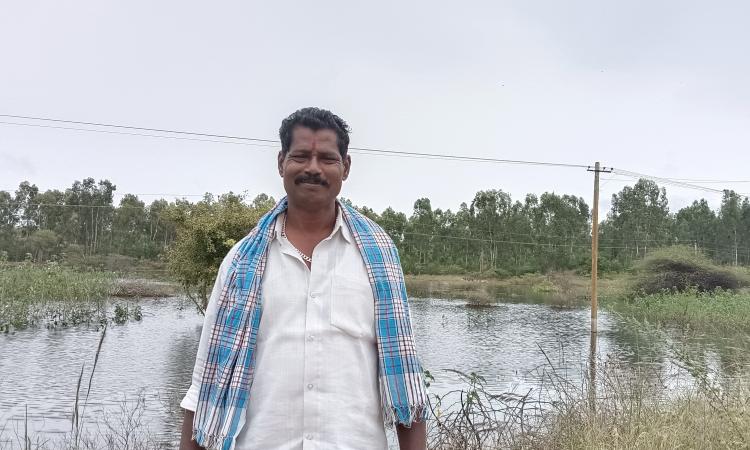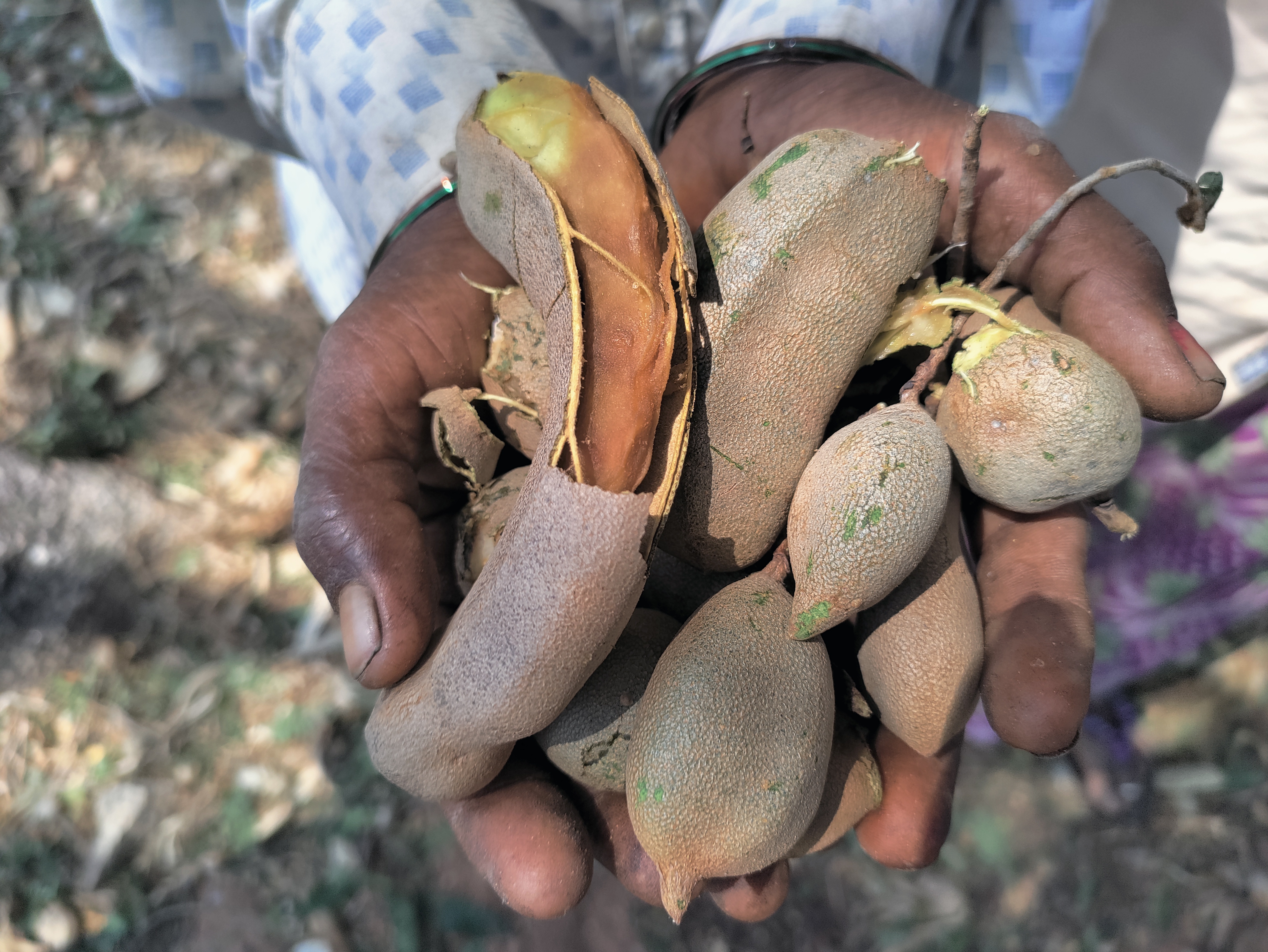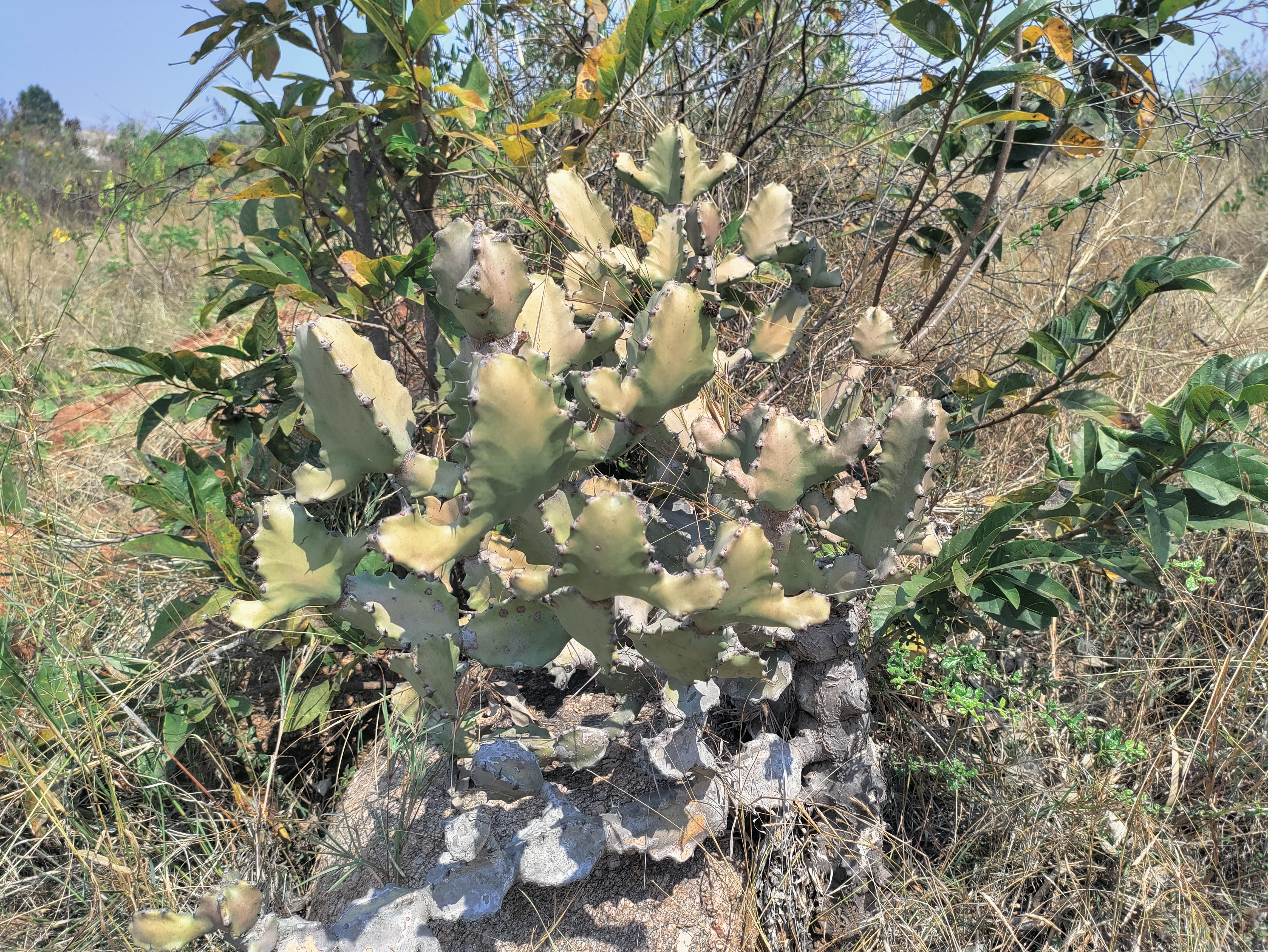
The community of Narayanaswamykote in Bagepalli block of Chikballapur district in Karnataka has earnestly been protecting and restoring their 240 plus acres of commons for over a decade now. There are 68 households in the village, and a majority of them depend on agriculture, livestock rearing, wage labour, and non-timber forest produce (NTFP) collection for their livelihoods.
Though there is a clear link between their commons and livelihood basket, before 2009, however, the services and products from these commons were unsustainably harvested, with little attention to regenerative and restorative activities for their longevity. The result, thus, was a situation marked by fodder and NTFP scarcity, forest fires and water scarcity. Consequently, there was a lack of sufficient employment opportunities within the village to help the community sustain their lives.
Realising the need to address this quickly and collectively, the community came together to form the Narayanaswamykote Grama Abhivrudhi Samiti in 2009. They immediately established a set of norms to protect their commons – such as bylaws for seasonal, controlled grazing and sustainable harvest of fuel wood and NTFPs. It was also decided that the community would keep a close look out for forest fires, and act quickly to douse fires whenever spotted.

At the time, the Mahatma Gandhi National Rural Employment Guarantee Scheme (MGNREGS) programme was recently launched but the Samiti members were unsure about its utility to the community. They attended training programmes, learned about the provisions and processes involved – and realised that they could mobilise MGNREGS funds to restore their commons as well as facilitate an alternate income source for their community.
Soon enough, the Samiti was adept to represent the village at the gram panchayat level for local governance discussions. They mobilised people to actively participate in gram sabhas and develop a perspective plan that included a thorough shelf of works for their village’s development. Active representation from the community helped establish an inclusive Comprehensive Commons Restoration Plan (CCRP) under MGNREGS. Some of the first few works they carried out under on their commons were planting of native and fodder species, creation of a cattle pond and several check dams.
“We undertook several soil and moisture conservation activities under MGNREGS. Even though the monsoons were delayed, the farm bunds helped to retain moisture and assisted the growth of the crops in our fields. The regular wages from MGNREGS also provided us with much-needed income support. It prevented many of us from migrating,” says Narasimhappa, village elder.
The Samiti also created linkages among the community and the line departments to ensure that MGNREGS and other social security schemes are accessed easily.

The commons of Narayanaswamykote today are lush with neem, tamarind and pongamia trees and several local medicinal plants such as bandar chetlu, kasi kai and papaskalli. Fodder is abundant, supporting the many households that are taking up livestock rearing as a primary occupation. The two tanks on their commons—Agraharakere and Nayankere—filled up and provided water for agriculture and domestic needs.
The commons are home to peacocks, rabbits, deer, wild boars and snakes. People are able to harvest several NTFPs such as custard apples, grass for broomsticks, tamarind pulp, neem and pongamia seeds for oil, butea monosperma leaves for leaf plates – the list is long! This has greatly helped the households subsist and also make some income out of the products. About 55 households collect NTFPs for consumption while eleven of them earn a portion of their income from the sale of NTFPs.
While water is abundant now, the Samiti are conscious of the fact that they have to allow these resources to recharge and revive themselves. For this, they have sensitised the community to better water use and crop choice practices through the facilitation of experimental water games and crop water budgeting exercises too.
The strong institutional mechanisms in Narayanaswamykote continue to ensure that their commons and livelihoods grow together and sustain each other.
/articles/sustaining-their-commons-sustain-their-future